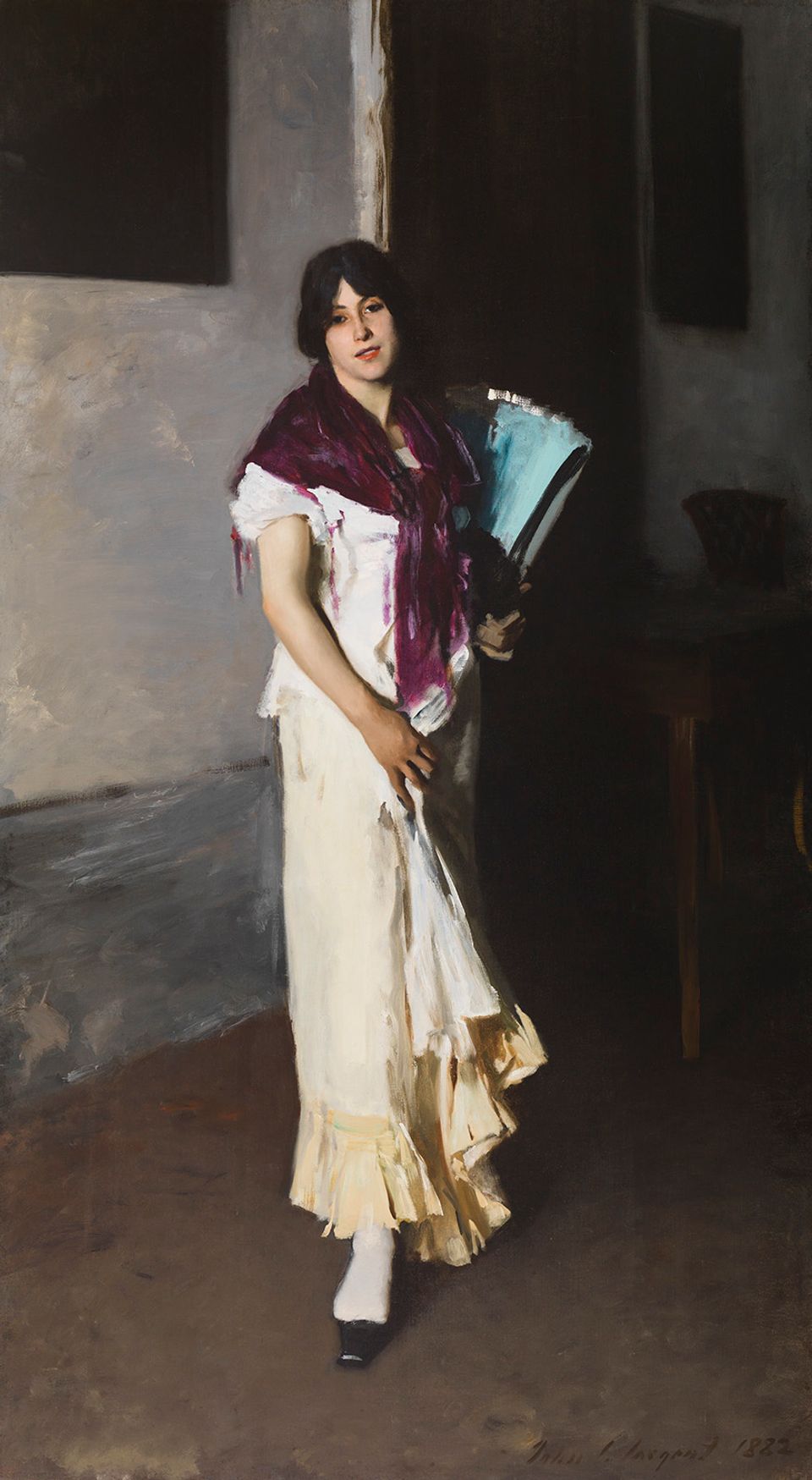Artist Biography
Maurice Prendergast was born in St. Johns, Newfoundland, but with the failure of his father's subarctic trading post the family moved to Boston. There young Maurice was apprenticed to a commercial artist and at the outset was conditioned to the brightly colored, flat patterning effects that characterized his mature work. For many years thereafter loosely handled watercolor remained his favored medium and gave his work vibrant spontaneity.
A shy and retiring individual, he remained a bachelor throughout his life, closely attached to his artist brother Charles, who was also a successful frame maker. For three years Maurice studied in Paris at the Atelier Colarossi and the Académie Julian. During one of his early stays in Paris he met the Canadian painter James Morrice, who introduced him to English avant-garde artists Walter Sickert and Aubrey Beardsley, all ardent admirers of James McNeill Whistler. Prendergast's aesthetic course was set. A further acquaintance with Vuillard and Bonnard placed him firmly in the postimpressionist camp. He developed and continued to elaborate a highly personal style, with boldly contrasting, jewel-like colors, and flattened, patternlike forms rhythmically arranged on a canvas. Forms were radically simplified and presented in flat areas of bright, unmodulated color. His paintings have been aptly described as tapestry-like or resembling mosaics. A trip to Venice in 1898 exposed him to the delightful genre scenes of Vittore Carpaccio and encouraged him toward even more complex and rhythmic arrangements. He also became one of the first Americans to espouse the work of Cézanne and to understand and utilize his expressive use of form and color.
In 1907, Prendergast was invited to exhibit with the Eight, colleagues of Robert Henri and exponents of the Ashcan school. Prendergast and the romantic symbolist Arthur B. Davies seem oddly mismatched to these urban realists, but all were united in an effort to stir the American art scene out of its conservative lethargy.
In 1913 he was invited to participate in the famed Armory Show, which was largely arranged by his friend Davies. Not surprisingly, Prendergast's brilliantly unorthodox offerings were decried as resembling "an explosion in a paint factory." On the same occasion Marcel Duchamp's Nude Descending a Staircase (1912) was similarly deplored as "an explosion in a shingle factory," suggesting either a failure of critical imagination or a case of collegial plagiarism. But of the Americans represented there, Prendergast's works were the most thoroughly modern and postimpressionist.
Who can now pass a playground teeming with brightly dressed children or wander through a public park where the varicolored garb of its occupants does not call to mind the stirring images Maurice Prendergast has left us? As Oscar Wilde once ventured, "Life imitates art far more than art imitates life."
Emery Battis Artist Biographies for the exhibition American Impressionism: Treasures from the Smithsonian American Art Museum (Washington, D.C.: Smithsonian American Art Museum, 2000)














